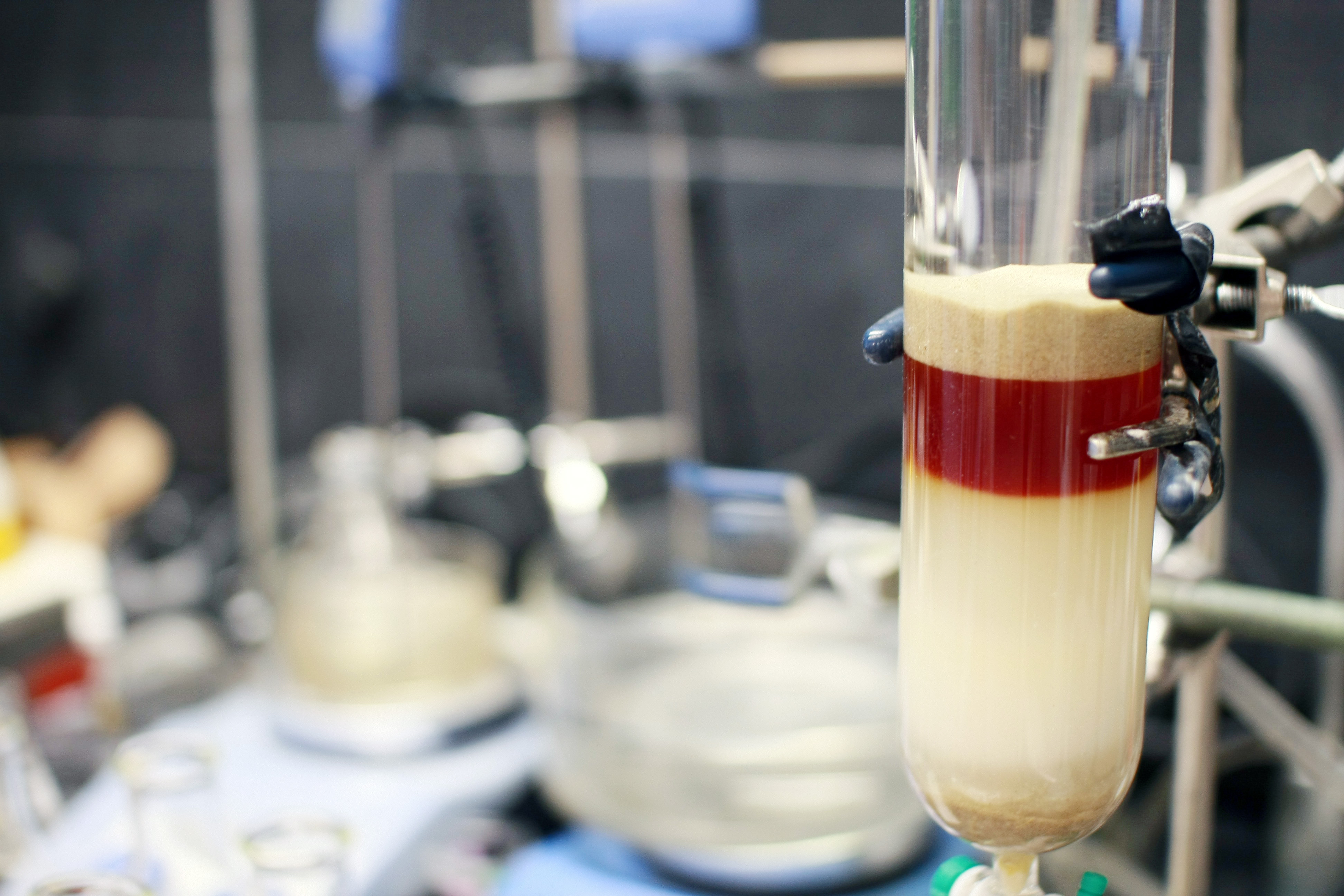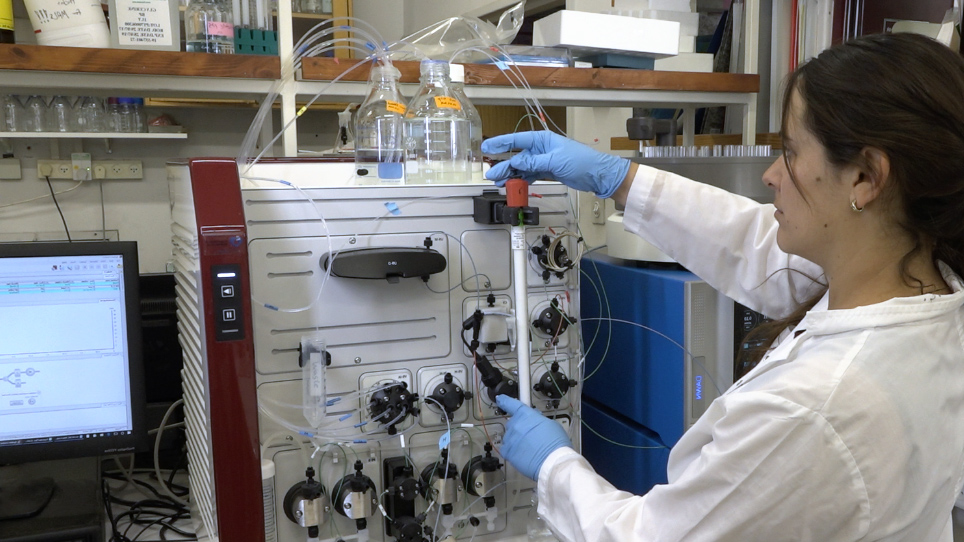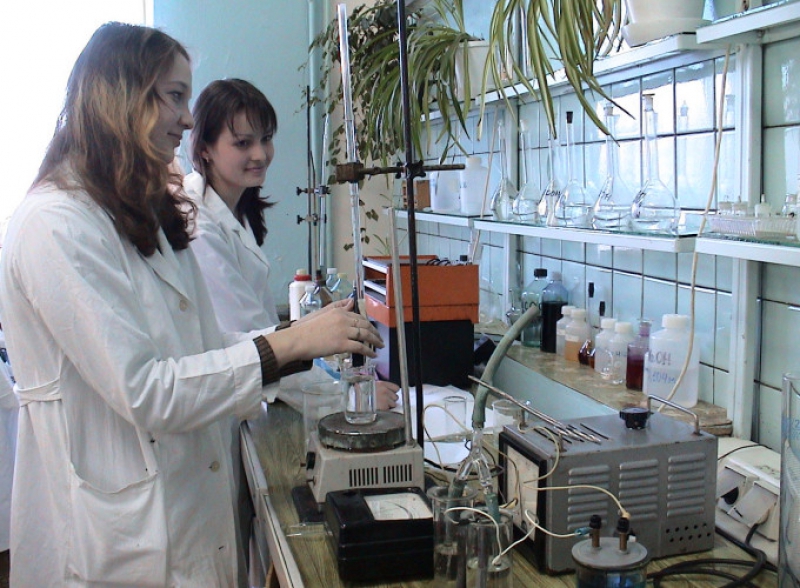Chromatography started in 1903 by the Russian botanist Zvitt. When he was studying the pigment composition of plant leaves, he found that the groups of pigments separated from each other to form bands of different colors. Therefore, the analysts used the components to separate the two phases. The distribution coefficient is different, and the water quality ion parameters are separated and analyzed. At present, chromatography is the most widely used in water quality detection, and its accuracy is relatively accurate. Especially when analyzing multiple anions of water quality at the same time, it has the advantages of simplicity, speed and high sensitivity, which is unmatched by other analytical methods such as photometry. Ion chromatography can detect 7 kinds of inorganic anions at one time. Today, I will introduce to you what are the classifications of chromatography.

Composition of chromatographic system
Chromatographic column: A tube containing a stationary phase, usually a glass tube or a stainless steel tube.Stationary phase: a stationary solid or liquid filled in a glass tube or a stainless steel tube.
Mobile phase: The gas or liquid flowing through the chromatographic column.
When the sample mixture in the mobile phase passes through the stationary phase, it will interact with the stationary phase. Due to the differences in the properties and structures of the components, the types and strengths of interactions with the stationary phase are also different. Therefore, under the same driving force Under the action, different groups stay in the stationary phase for different lengths, so they flow out of the stationary phase in different order.

Chromatographic classification
1. Classified according to the physical state of mobile phase and stationary phaseAccording to the mobile phase, it is divided into gas chromatography and liquid chromatography. The stationary phase can be a solid or a liquid coated on the surface of a solid carrier. Gas chromatography can be divided into gas-solid chromatography and gas-liquid chromatography. The stationary phase of gas-liquid chromatography is a thin layer of organic compound liquid attached to an inert carrier. Liquid chromatography is divided into liquid-solid chromatography and liquid-liquid chromatography.
2. Classified by separation mechanism (force between stationary phase and component)
The method of separating the components by the difference in the adsorption capacity of the components on the stationary phase is called adsorption chromatography. The method that uses the different solubility of the components in the liquid stationary phase to achieve separation is called partition chromatography, and the method that uses the different affinity of the components on the ion exchanger stationary phase to achieve separation is called ion exchange chromatography. The method that uses the selective permeation of molecules of different sizes in the porous stationary phase to achieve separation is called gel chromatography or size exclusion chromatography.

Features of Chromatography
1. High separation efficiency, column efficiency can reach hundreds of thousands of theoretical plates.2. The analysis speed is fast, and the separation and analysis of complex samples can be carried out in a few minutes to tens of minutes.
3. High sensitivity, can measure 10-12g trace components.
4. The sample amount is small, and the separation and determination can be completed once with milligram and microgram samples.



